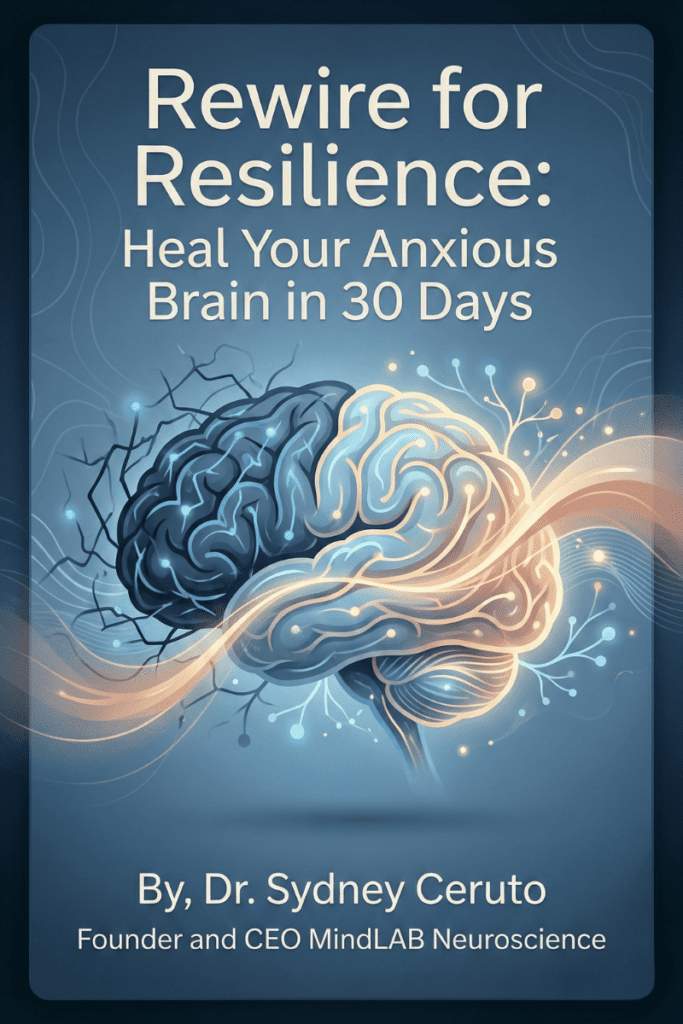The Paradox of Modern Loneliness
In our hyper-connected world, a paradox has emerged: despite unprecedented opportunities for connection, millions of people feel profoundly lonely. This widespread epidemic of loneliness persists even as our innate desire for meaningful connections remains strong. The disconnect between our technological ability to connect and our emotional experience of feeling lonely has become a defining challenge of our time.
This article delves into the complex nature of loneliness, exploring why so many people feel lonely in an age of constant connectivity. We examine how the experience of being lonely impacts individuals across different life stages, from young adults navigating social media to older adults facing isolation. Moreover, we investigate evidence-based strategies designed to foster genuine connections, helping bridge the gap between our longing for connection and the reality of modern loneliness. By understanding the neuroscience behind loneliness and connection, we can better address this paradox and work towards creating a world where meaningful relationships flourish, even in our digital age.
The Neuroscience Behind It All
At its core, loneliness is deeply rooted in our brain’s biology. Research from MindLab Neuroscience has identified key brain regions involved in social cognition, including the prefrontal cortex, amygdala, and insula. When we experience social connection, our brains release a cocktail of neurotransmitters and hormones:
- Oxytocin: The “love hormone” that promotes bonding and trust
- Dopamine: Associated with pleasure and reward, reinforcing social behaviors
- Serotonin: Regulates mood and contributes to feelings of well-being
Prolonged loneliness can disrupt these neural pathways, leading to decreased activation in social reward centers and heightened sensitivity to social threats.
The Neuroscience of Social Rejection
Understanding how the brain processes social rejection is crucial in addressing loneliness. Research has revealed fascinating insights into the neural mechanisms of social pain. Studies using functional magnetic resonance imaging (fMRI) have shown that social rejection activates many of the same brain regions involved in physical pain processing, particularly the anterior insula and dorsal anterior cingulate cortex.
This overlap explains why social rejection can feel as distressing as physical pain. Moreover, individuals who experience chronic social rejection or loneliness may develop heightened sensitivity in these neural circuits, leading to an increased vigilance for social threats and a tendency to interpret ambiguous social cues negatively. This hypersensitivity can create a self-perpetuating cycle of loneliness, as individuals may withdraw from social situations to avoid the pain of potential rejection, thereby further limiting their opportunities for positive social connections.
How the Brain’s Response to Social Rejection Differs from Physical Pain
While social rejection and physical pain may feel similarly distressing, their neural pathways are not identical:
- Shared neural circuits: Both social rejection and physical pain activate the anterior insula and anterior cingulate cortex, regions associated with the emotional component of pain.
- Distinct activation patterns: Social rejection uniquely activates areas involved in social cognition and self-referential thinking, such as the medial prefrontal cortex.
- Intensity and duration: Physical pain typically has a clear onset and offset, while the pain of social rejection can be more diffuse and long-lasting.
- Memory and anticipation: The brain’s response to social rejection can be triggered by memories or anticipation of rejection, unlike most forms of physical pain.
- Cultural and individual differences: The brain’s response to social rejection shows greater variability across cultures and individuals compared to physical pain responses.
How Social Rejection Impacts Brain Function
The experience of social rejection can have profound effects on brain function:
- Heightened sensitivity: Repeated experiences of rejection can lead to hypersensitivity in the brain’s social pain network, making individuals more vulnerable to future perceived rejections.
- Cognitive impairment: Social rejection can temporarily impair cognitive function, particularly in areas related to executive control and self-regulation.
- Altered social perception: Rejection experiences can bias social information processing, leading individuals to perceive ambiguous social cues more negatively.
- Stress response activation: Social rejection triggers the release of stress hormones like cortisol, which can have long-term effects on brain structure and function if chronically elevated.
- Reduced social motivation: Paradoxically, while the brain craves social connection, repeated rejection can lead to decreased activation in reward centers when presented with social opportunities.
Understanding these neural mechanisms provides valuable insights for developing targeted interventions to help individuals cope with social rejection and break the cycle of loneliness. By addressing both the emotional and cognitive aspects of rejection experiences, we can help rewire the brain’s response to social situations and foster more positive social connections.

Understanding Loneliness Across the Lifespan
A groundbreaking 2024 study revealed a U-shaped pattern of loneliness across the lifespan:
- Young adults (18-30) report high levels of loneliness
- Loneliness decreases during middle adulthood (30-60)
- Loneliness increases again in older adults (60+)
This pattern suggests that loneliness is a universal human experience, affecting individuals at various life stages for different reasons.
The Digital Dilemma
Technology plays a complex role in loneliness. While it offers opportunities for connection, it may also contribute to isolation:
Benefits of Technology
- Long-distance communication: Technology allows us to stay in touch with loved ones across the globe, bridging physical distances and maintaining relationships.
- Online communities: Digital platforms provide access to support groups and communities where people with similar interests or challenges can connect and share experiences.
- Accessibility: For those with mobility limitations or other barriers, technology can be a lifeline, enabling social interaction that might otherwise be impossible.
Drawbacks of Technology
- Reduced face-to-face interactions: Increased reliance on digital communication can lead to fewer in-person interactions, which are crucial for building deep, meaningful connections.
- Social comparison and FOMO (fear of missing out): Social media often portrays idealized versions of life, leading to feelings of inadequacy and loneliness when comparing oneself to others.
- Superficial connections: Online interactions can sometimes lack the depth and emotional richness of face-to-face conversations, creating a false sense of connection without genuine intimacy.
The Impact on Those Feeling Lonely
For someone who feels lonely, the digital world can be both a blessing and a curse. On one hand, it offers a way to reach out and find others who understand their experiences. On the other hand, it can exacerbate feelings of isolation when online interactions fail to translate into real-world connections. The key is to use technology mindfully, seeking out meaningful engagements and balancing online interactions with in-person connections whenever possible.
Finding Balance
To navigate this digital dilemma, it’s important to:
- Prioritize quality over quantity: Focus on building a few deep, meaningful connections rather than accumulating a large number of superficial ones.
- Set boundaries: Limit time spent on social media and ensure it doesn’t replace face-to-face interactions.
- Engage in shared activities: Use technology to facilitate real-world meetups or participate in online activities that encourage genuine interaction and collaboration.
By understanding the dual nature of technology’s impact on why we feel so alone, individuals can make more informed choices about how to use digital tools to enhance their social lives in a more positve way.
The Lonely Journey: Connection Across the Lifespan
Chronic emptiness has significant implications for physical health, including:
- Increased risk of cardiovascular disease
- Weakened immune function
- Higher rates of cognitive decline and dementia
- Elevated stress hormones and inflammation
- Shorter lifespan
Breaking the Cycle: 6 Useful Strategies
- Mindfulness and self-compassion practices
- Neuroscience-based life coaching
- Social skills training through the use of neuroplasticity
- Community engagement initiatives
- Intergenerational programs
- Strategic use of technology

The Power of Neuroplasticity
The brain’s remarkable capacity to change and adapt, known as neuroplasticity, offers hope for overcoming loneliness. This ability of the brain to rewire itself in response to experiences and learning is crucial in understanding why we feel lonely and how we can combat these feelings.Neuroplasticity plays a significant role in our experience of loneliness and our ability to form connections:
- Neural Pathways of Loneliness: Chronic loneliness can strengthen neural pathways associated with social threat and anxiety, making it harder to engage in social situations. However, these pathways can be reshaped.
- Social Skills and Connection: Through neuroplasticity, we can develop and enhance social skills, improving our ability to form and maintain connections.
- Emotional Regulation: The brain can be trained to better regulate emotions associated with loneliness, such as anxiety or fear of rejection.
- Positive Social Experiences: Engaging in positive social interactions can reinforce neural pathways associated with connection and belonging, gradually overwriting patterns of loneliness.
By understanding and harnessing neuroplasticity, we can actively work to overcome loneliness, creating new neural pathways that support social connection and emotional well-being. This offers hope that, with effort and the right approaches, the lonely brain can be rewired for connection.
What I Have Learned From My Clients
Through my work with clients at MindLab Neuroscience, I’ve gained valuable insights into the universal nature of loneliness and the human need for connection. Loneliness can affect individuals at any age, from young adults navigating social pressures to older adults facing life transitions. The pain of rejection often leaves deep scars, making it difficult for people to seek new connections. The fear of isolation can be paralyzing, leading to self-imposed solitude. However, I’ve also seen the incredible resilience of the human spirit. By embracing authenticity, practicing self-compassion, and leveraging neuroscience-based strategies, individuals can overcome these challenges and form lasting, meaningful connections.
The journey to connection is not easy, I know this first hand. However, with the right help and guidance, this journey can be profoundly rewarding, leading to personal growth and a richer, more fulfilling life.
#lonliness #lonely #neuroscienceoflonliness #connection #socialrejection #rejection #neuroscience #neurosciencebasedcoaching





